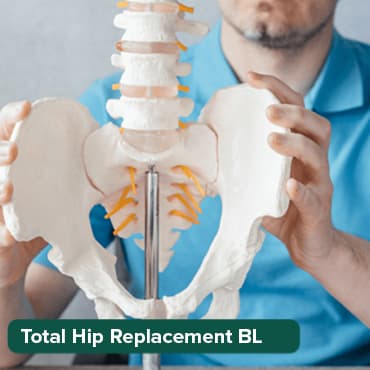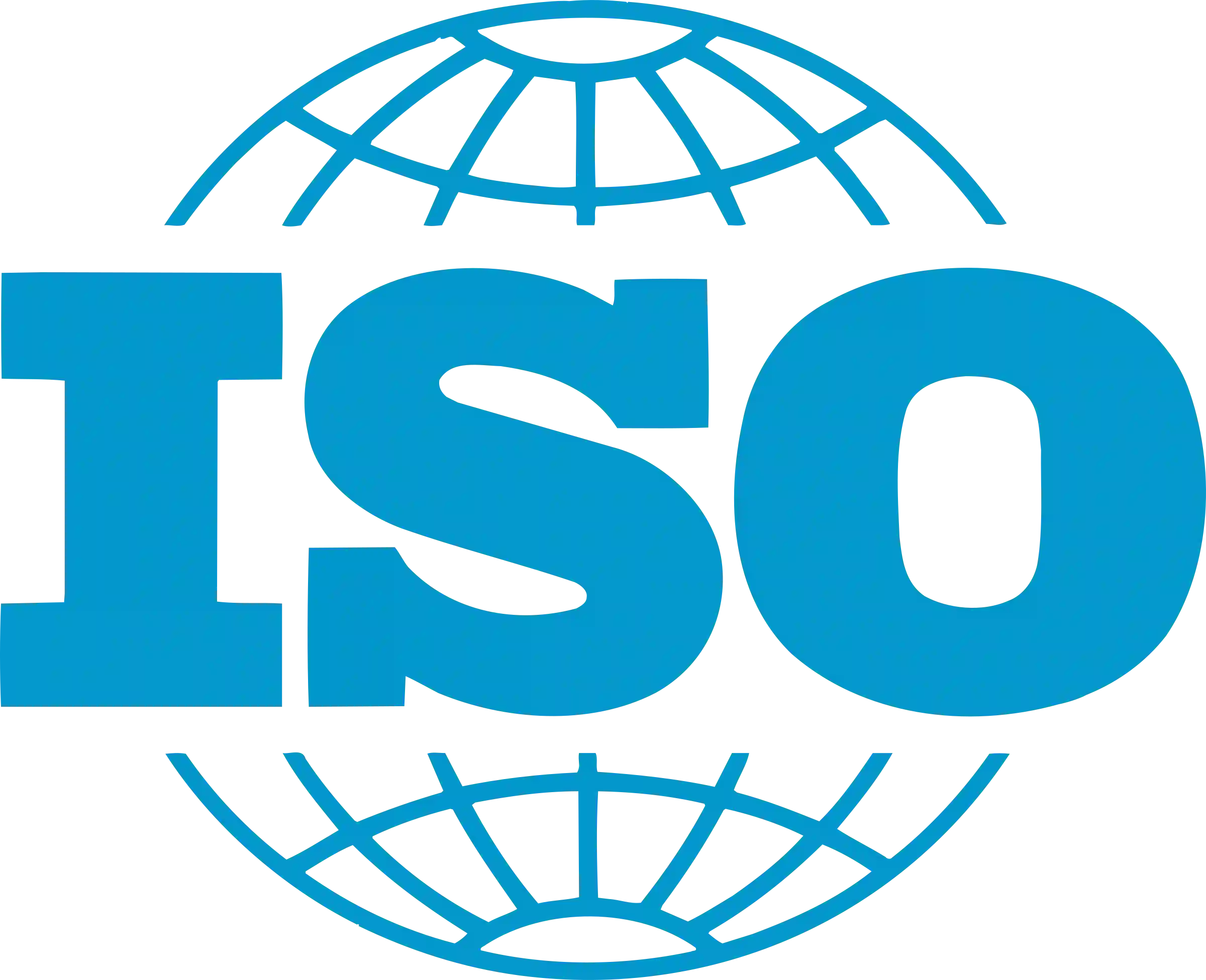
Living With a VP Shunt-How To Improve the Quality Of Life?
06 Apr, 2022
 Healthtrip Team
Healthtrip TeamOverview
Many questions may arise in the mind of the patient before undergoing any surgery. Most people who undergo a VP shunt procedure want to know what it's like to live with a VP shunt. Here we will discuss the same with our eminent neurosurgeon. We have also mentioned the ways how to improve the quality of life while living with a VP shunt.
What is VP shunt? How does it work?
A ventriculoperitoneal shunt(VP Shunt), is a type of medical device that is used to relieve pressure on the brain caused by fluid accumulation. A VP shunt is used to treat hydrocephalus, in which an excess of cerebrospinal fluid (CSF) accumulates in the ventricles(cavity) of the brain and affects the brain.
Transform Your Beauty, Boost Your Confidence
Find the right cosmetic procedure for your needs.

We specialize in a wide range of cosmetic procedures

A narrow, tube-like structure called a catheter is placed in the brain cavity that drains excess fluid into the belly or abdomen.
How to take care of VP shunt?
Your surgeon will provide you with detailed advice on how to care for your wound at the incision site. In most cases, a shunt does not need to be cared for on a daily basis.
You should not skip any of your surgeon's follow-up appointments. They'll double-check your pressure settings(fixed or programmable shunt system) and make sure your shunt is still operational.
What does the recovery in the hospital look like?
The length of hospital stay may vary based on the recovery period. Many people stay in the hospital for about 2-4 days.
- Our medical personnel will perform some tests after your surgery to ensure that your brain is functioning well.
- You will get pain medicines through the IV channel for the first few days.
- Once you can eat solid food, they may give oral pain relievers( medicines that you can swallow) for you.
- Exercise your lungs with deep breathing and coughing. So that they can expand fully and reduce the chances of pneumonia. You can use a spirometer too. Our nursing staff will guide you on how to use the same.
- Moving and walking around within the hospital room or premises will lower the risk of developing blood clots.
- After 1-2 days of your surgery, a CT scan will be taken. This will make sure that the shunt is in the right place.
- After surgery, for a few days, you have to eat ice chips. Follow a phased diet chart as per your clinical dietician.
- Start having a liquid diet and once you are habituated, you can shift to your normal diet.
- Our health care provider will help you during planning for the discharge procedure as well
How is the recovery at home after the VP shunt procedure?
- Take your meds as prescribed by your doctor.
- If the medication given to you does not relieve your discomfort, contact your healthcare practitioner.
- Check your incisions for any signs of infection, such as redness, swelling, or discharge, on a daily basis.
- After your procedure, keep your incisions clean and dry for 5 days. After your surgery, don't take a shower for 5 days.
- During your shower, use a gentle shampoo like baby shampoo and soap.
- After showering, wipe dry the area with a clean towel and leave your incision exposed. Do not apply creams, lotions, or powders to your wound.
- For the first 4-6 weeks after surgery, do not lift anything heavier than 4 kilograms.
- Avoid doing strenuous activities until your doctor says, it’s okay.
How to improve the quality of life while having a VP shunt?
The majority of hydrocephalus patients will need to keep their shunt for the rest of their lives. The restoration of a normal daily life is the main benefit of this therapy.
Following a VP shunt procedure, you and your family may be expected to participate in surveillance. Regular medical check-ups will be recommended by your doctor to detect any potential issues. You may need to do some modifications that include-
Most popular procedures in India
Total Hip Replacemen
Upto 80% off
90% Rated
Satisfactory

Total Hip Replacemen
Upto 80% off
90% Rated
Satisfactory

Breast Cancer Surger
Upto 80% off
90% Rated
Satisfactory

Total Knee Replaceme
Upto 80% off
90% Rated
Satisfactory

Total Knee Replaceme
Upto 80% off
90% Rated
Satisfactory

- Traveling with a VP shunt- The magnetic fields generated by airport security doors should have no effect on your valve's pressure setting.
Keep your Patient Identification Card on you at all times, though. After shunt surgery, your neurosurgeon will give you this card.
- Driving with a VP shunt-patients with a VP shunt should not drive for at least 6 months after surgery. Start driving once your doctor says it's okay.
- Practicing sports with a VP shunt-After this operation, you can participate in sports. However, you should refrain from engaging in violent activities that may cause any damage to the device, valve mechanism, or pressure settings.
- Manage your emotion- to cope with life after surgery, share your feelings with your friends or relatives. Our professionals will also support and guide you if you need any. You can also join an emotional support group in your community as well.
- Pregnancy with a VP shunt-If you have a VP shunt, getting pregnant is not a problem. However, you should consult with your neurosurgeon before planning your pregnancy.
Can you undergo MRI with a VP shunt?
An MRI test can be performed on a patient who has been with a fixed pressure valve without risk or additional supervision.
During an MRI exam, however, a patient with a programmable pressure valve may require extra attention. The valves' pressure settings must be verified before and after exposure to the MRI on a regular basis.
Why should you consider getting a VP shunt surgery in India?
India is the most favored place for neurological procedures for a few major reasons. And if you are searching for the best VP shunt surgery hospital in India, we will help you out to find the same.
- India's cutting-edge reproductive techniques,
- medical skills,
- Multidisciplinary approach
- Patient rehabilitation services
- Advanced medical equipment
- State-of-the-art surgical techniques like VP shunt surgery with neuronavigation, fixed and programmable pressure shunt system
- VP shunt costs in India are among the best in the world, as our patients need affordable and quality outcomes.
All these have significantly increased the success rate of VP shunt surgery in India.
Conclusion-By simply packing their medical journey to India, liver transplant treatment can substantially benefit the patient. We also offer a comprehensive range of counseling for coping with emotional changes while living with a VP shunt to our international patients.
How can healthtrip help in the treatment?
If you are in search of a VP shunt surgery hospital in India, we will serve as your guide throughout your treatment and will be physically present with you even before your treatment begins. The following will be provided to you:
- Opinions of expert physicians and surgeons
- Transparent communication
- Coordinated care
- Prior appointment with specialists
- Assistance in hospital formalities
- 24*7 availability
- Arrangement for travel
- Assistance for accommodation and healthy recovery
- Assistance in emergencies
We are dedicated to offering the highest quality health care to our patients. We have a team of highly qualified and devoted health professionals that will be by your side from the beginning of your journey.
Wellness Treatment
Give yourself the time to relax
Lowest Prices Guaranteed!

Lowest Prices Guaranteed!





